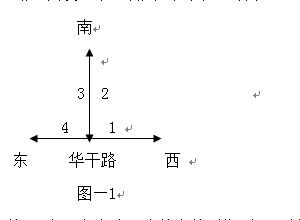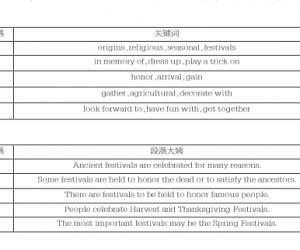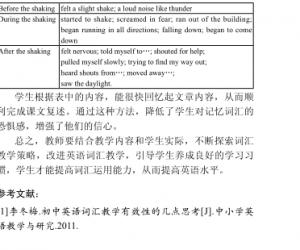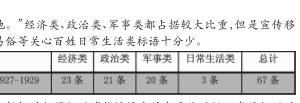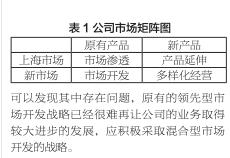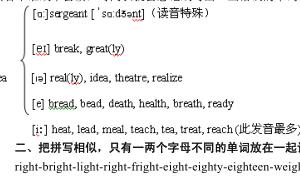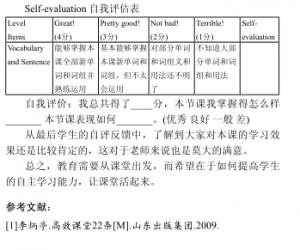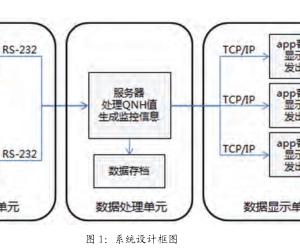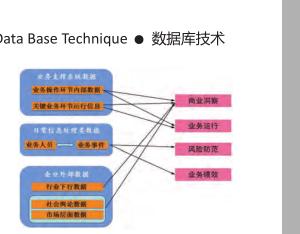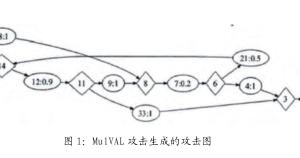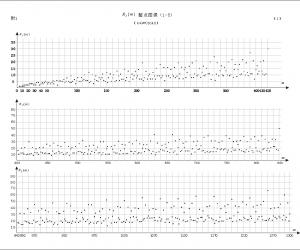Reflections on Elizabeth Bishop’s The Fish
收藏
打印
发给朋友
发布者:lunwenchina
热度0票 浏览199次
时间:2019年12月19日 10:01
大连理工大学外国语学院/刘璐 徐明莺
Elizabeth Bishop is considered the most prominent poetessafter Emily Dickinson and Marianne Moore in American poetryin the 20th century. The Fish is the most representative among theearly poems in Bishop’s voice. This paper intends to take TheFish as an example to do a close text analysis of it especially fromits language features.
The Fish is well-developed by Bishop’s ground narrativelanguage as well as her dramatic figurative language. In the first9 lines, Bishop provides a setting in a straight-forward narrativeway to point out that the fish didn’t fight at all. In line10-21,Bishop employs simile three times to describe vividly the fish’sappearance whose pattern is like “wall paper” and shape islike “roses” . In these similes, Bishop endows the fish withdifferent life forms in which “wall paper” is artificial and manmade, whereas “full-blown roses” and “rosettes of lime”
is full of natural sense, hopeful and energetic. In line22-33, themetaphorically feather-like flesh and peony-like swim-bladder hitreaders mind with deep impression. In line 34-44, Bishop returnsto the narrative telling of the eye contact between the speakerand the fish, which is the first interaction between the seeminglylifeless and hopeless fish and the dominant and victorious speaker.
Then in line45-64, Bishop carries out a heroic image of fishwarrior with thorough descriptive language as well as fantasticimagination which wholly subverts the previous weak image ofthe fish. In line65-75, the speaker’s epiphany together with theemotion develops to the utmost in the combination with narrativelanguage and figurative language in which Bishop’s outstandinguse of language is fully demonstrated to readers. Besides the different language style, Bishop’s languageis also full of tension in this poem where a large amount ofcontrasts and comparisons are used to fulfill the tension. In TheFish, Bishop creates several types of contrasts including contrastbetween human and subhuman as well as contrast betweenhuman and nature. On the one hand, the speaker endows the fishwith human quality; on the other hand, he still regards it as anunhuman object. In line45-49, the speaker begins to show respectto the fish with admiration when he looks at the fish’s “face” ,but he immediately contradicts his attitude by indicating that thefish’s jaw is just a kind of “mechanism” . He first calls it a“lip” and then ridicules the fish in a satirized way by saying“if you could call it a lip” . A nervous tense between humanand subhuman then unfolded to readers eyes. Not only is it easyto observe the confrontation between human and unhuman inthis poem, but the struggle between human and nature is alsoan important concern of this poem. It is the author’s opinionthat there are totally four times for the speaker to interact withthe fish directly in this poem and each time is a confrontationbetween human being and nature. The first interaction is in line1-6 when the speaker held the fish half out of water and started toobserve the fish. At this time, the fish left his first impression witha defeated loser who didn’t fight at all for survival, lifeless andhopeless without any struggle. Nature seems to be governed byhuman being to whom everything is in hand and is ruled withouta shadow of doubt. The second interaction is in line 22-33 whenthe speaker realized that the fish’s gill can cut badly and remindhim of frightening blood and flesh. The fish which is the symbolof nature seems to have some resisting power that can threatenhuman being to some extent. The third interaction is when thespeaker noticed that the fish had experienced a lot before he wascaught and began to admire the fish as a heroic hero. A simile“like medals with their ribbons” in line61 is used by Bishopto reveal that the nature is also full of wisdom and courage andworthwhile human being’s respect and admiration. And untilthe fourth interaction when the speaker decided to release the fish,nature finally overmaster human being and won back its dignity.
Contrast in this poem also lies in the fish itself in whichreaders may find many binary opposites. In line7-10, the fish leftshis first impression to the speaker with “grunting weight” ,”
battered” and “homely” which is a typical characteristicsof a loser. Meanwhile, however, the speaker also regards it“venerable” which is conversely the feature of someonerespected. Bishop gives readers a mixture feeling towards thefish in both a negative and positive way and therefore enhancesthe sense of mystery upon this special fish. In line10-33, the poetgives detailed and vivid description to the fish’s outlookingand appearance with delicate words like “ancient wallpaper” ,“full-blown roses” , “fine rosettes” and “big peony” .
However, in contrast to these splendid expressions, there arealso grotesque words like “blood” , “entails” , “bones”
and “swim-bladder” mingled with delicate elements. Delicatelanguage interwoven with grotesque language offers the poemwith great tension and power so as to attract readers to exploremore in depths. Readers may always find that Bishop in herdescription of the fish uses a lot of binary opposite expressions.
Except for the previous examples, there are also expressions like“pink” swim-bladder, and big “peony” which symbolizesfeminine features and subordinate position. However, Bishopalso uses the word “he” to refer to the fish whose image is notonly personified but also masculinized. Both feminine featuresand masculine features are granted to the fish which means thatthe fish has two genders and therefore is hermaphroditic. The bigender fish challenges the conventional concept that masculinehuman culture dominates over feminine nature, leading to themaster-subordinate relationship then be put into question.
Bishop always has a sharp perception upon ordinary life,depicting it with detailed observation but also keeping a rationaldistance from it. She regards nature as the way it is rather thansomething meaningful granted by human-made religion. In herwriting, readers can not only observe life with most vivid detailsbut also obtain new perspectives about relationship among life,human and nature.
References:
[1]Dorescki,C.K.Elizabeth Bishop:The Restraints ofLanguage[M].New York:Oxford University Press,1993.
[2]Pickard,Zachariah.Elizabeth Bishop’s Poetics ofDescription[M].Ontario:McGill-Queen’s University Press,2009.
[3]伊丽莎白,毕晓普.丁丽英译.伊丽莎白.毕晓普诗选[M].石家庄:河北教育出版社,2002.





